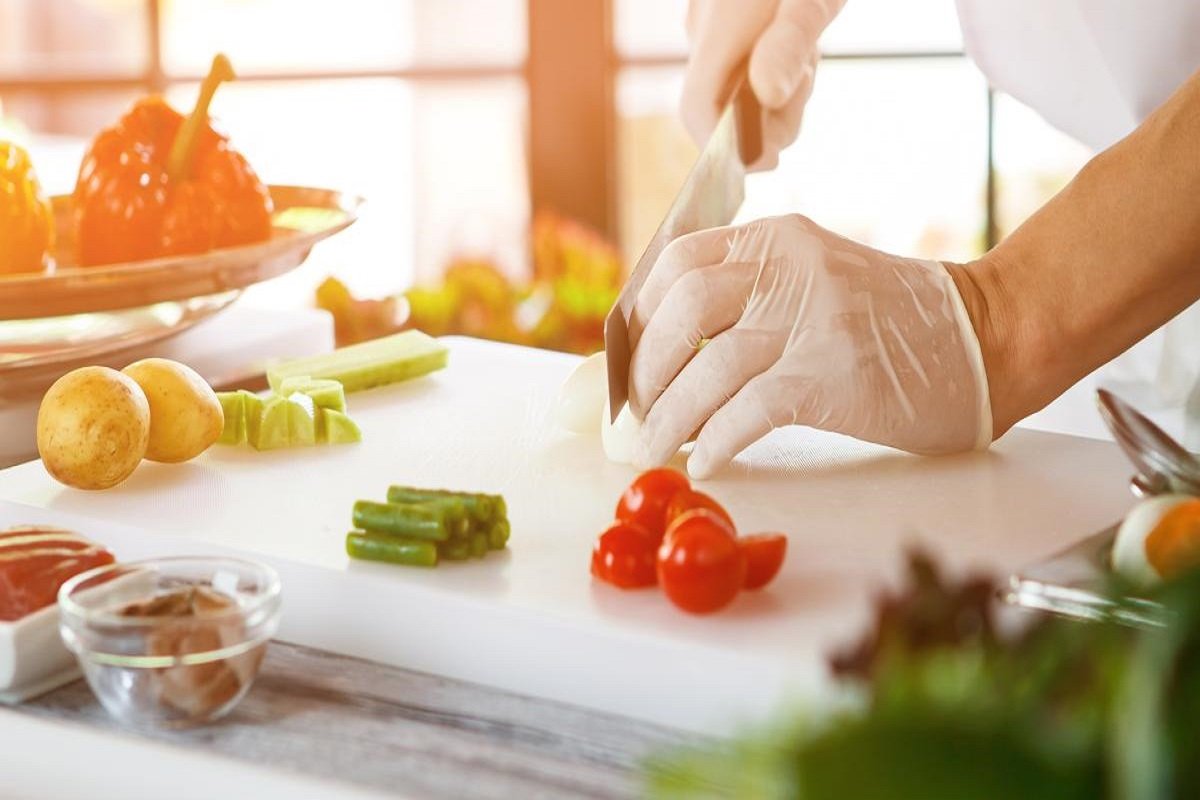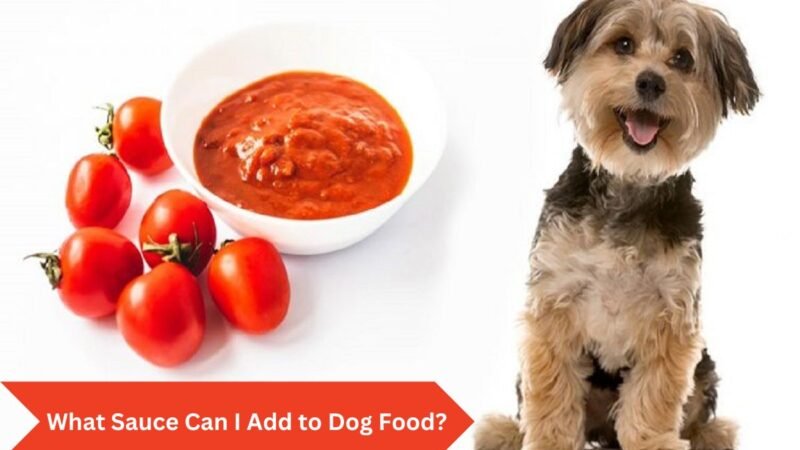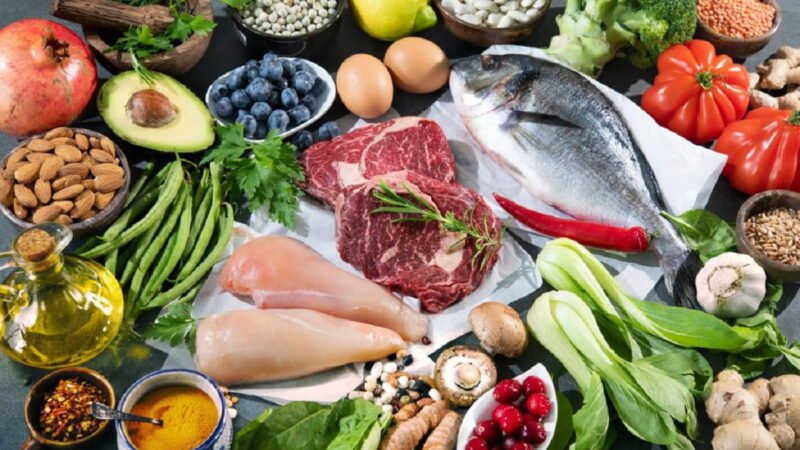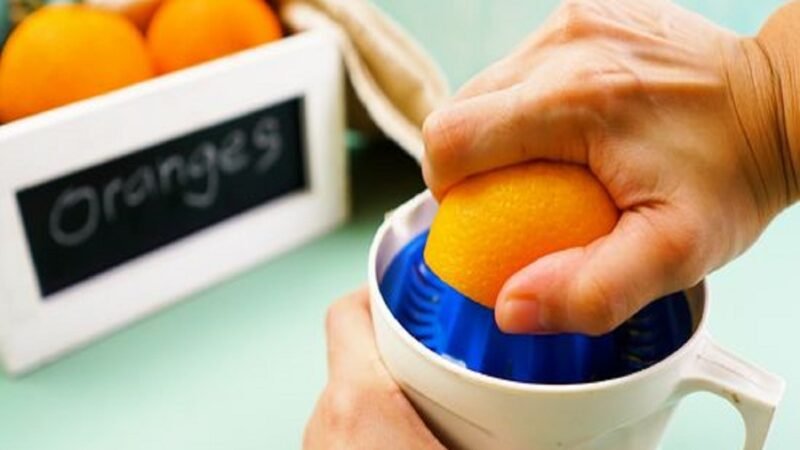When are Food Workers Required to Wear Gloves?

When are Food Workers Required to Wear Gloves during the different steps of making food, people who work with food should use tools. Food prep workers have to wear gloves when they are working with ready-to-eat foods that might touch their hands. The State Sanitary Code 105 CMR 590.009 and.011 has rules about how clean and well-kept employees must be. The same rules must be followed for disposable gloves.
You can’t use disposable gloves instead of washing your hands often. Staphylococcus aureus can grow on hands that sweat and can spread on gloves that cover the hands. If the gloves are torn or have holes in them, food could be contaminated with even more bacteria than is usually on the hands. People who work with food shouldn’t let the false sense of security that comes with using disposable gloves get in the way.
Table of Contents
Why should you wash your hands and not touch ready-to-eat food with your bare hands?
The main reason you shouldn’t touch ready-to-eat foods with your bare hands is so that viruses and bacteria in your body don’t spread to the food. Viruses and bacteria can’t be seen with the naked eye, but they may be on your hands if you don’t wash them well, especially after going to the bathroom. The law says that food service workers can’t touch ready-to-eat foods with their bare hands and that they have to wash their hands well.
What could go wrong if you don’t wear gloves when you should?
Wearing gloves can keep customers and people who work with food from getting sick. If you don’t wear them correctly or in the right situation, you’re more likely to spread foodborne illness. Food handlers use their hands to run machines, use tools, and work with raw foods. Because of this, they are a great way to move pathogens from one place to another. Contamination can spread and cause an outbreak if it is not stopped.
Food can stay safe if you wear gloves.
The National Advisory Committee on Microbiological Criteria for Foods came to the conclusion more than fifteen years ago that touching food with your bare hands is a major cause of foodborne illness. If an employee is sick, they can easily shed viral pathogens, and they can do this even before they know they are sick. Most of these pathogens have a low infectious dose, which means that people don’t need to eat a lot of them to get sick. The FDA decided that washing your hands is not enough to stop the spread of these diseases. That’s why it’s so important to wear gloves! It adds another barrier between potentially dangerous pathogens and the food the worker is preparing. This is especially important when making foods that won’t be cooked before they get to the customer.
Wear gloves.
Here’s how to put on gloves the right way:
- Use good ways to wash your hands (Go to the FoodHandler.com website for posters on handwashing)
- Choose the right size glove.
- Take one glove at a time out of the box.
- Don’t touch the rest of the glove.
FoodHandler has wall-mounted, tabletop, and self-dispensing boxes that give out gloves to reduce the chance of contamination. You might want to look into OneSafe® dispensers for your business. They are easy to use and can save you money in the long run because they only give out one glove at a time. This way, gloves don’t get dirty or get thrown away.
What do you need a new pair of gloves for? When do you need to get a new pair of gloves?
In a kitchen, food handlers may need to change their gloves for a number of reasons. Pathogens that get into food are not always stopped by these tools. Food can be kept safe by wearing gloves, but that doesn’t mean that the food being prepared is already safe from contamination. Without good food hygiene, gloves could even be the cause of an outbreak of foodborne illness.
How often should I wash my hands?
- after handling soiled equipment or utensils;
- before putting on gloves for one-time use,
- after taking care of service animals or aquatic animals or handling them:
- when going from raw food to food that is ready to eat:
- after touching beef, chicken, fish, or meat that is raw, fresh, or frozen;
- after sweeping, mopping, taking out the trash, or using the phone;
- before beginning work or switching jobs;
- after going to the toilet;
- after smoking, eating, sneezing, or drinking;
- when dirty or contaminated: After touching bare human body parts (except clean hands and arms);
- after touching something that could make your hands dirty.
How do you wash your hands well?
All employees who work with food must wash their hands with soap and water and expose parts of their arms. Hands and arms that have been gathered should be rubbed together hard for at least 20 seconds, and then they should be rinsed well with clean water. To dry your hands, use a single-use towel or a hot air dryer. There’s no need for special soaps.
Should you wear gloves when you serve food?
When they serve food to customers, servers don’t have to wear gloves. These people who work in food service don’t have direct contact with the food, so they don’t pose much of a risk of cross-contamination. Servers should always make sure their hands are clean when they are holding plates and cutlery. When taking orders, food servers also have things like pens and paper in their hands. It won’t save money to wear gloves, and it might even make it more likely that germs will spread from one person to another.
Gloves aren’t magical
Gloves are useful, but they don’t do anything magical. People often think that if they wear gloves while cooking, the food will always be safe. But gloves can get dirty in the same way that a worker’s hands can. If food workers don’t wash their hands before putting on gloves or don’t put gloves on right, the gloves could be contaminated with dangerous pathogens. Every time workers put on a new pair of gloves, they have to wash their hands first. Also, putting on gloves doesn’t mean that pathogens won’t get into the food that’s being made.
When do I need to get a new pair of gloves?
If your gloves get ripped, torn, or dirty, you should always change them. Contamination can occur after going to the bathroom, smoking, coughing, sneezing, and Preparing.
There are both raw and cooked foods. The hands of people who work with food must be washed and cleaned well. before putting on the new ones.
Do I have to wear disposable gloves when I go to the bathroom?
State law doesn’t say that people have to wear gloves, but it does say that ready-to-eat food can’t be made or served with bare hands. One way to follow this law is to wear disposable gloves made of sanitary material.
Can you eat without wearing gloves?
Yes, you can. As long as you wash your hands carefully and correctly before and after handling food, you may not need gloves. The main reason food workers wear gloves is to keep their hands from getting too close to the food. Like washing your hands, putting on gloves requires a certain set of steps that need to be done before and after a task to keep food safe.
What kinds of food are you not allowed to touch with your bare hands?
- fresh fruits and vegetables that were cut up and served raw;
- salads and salad ingredients;
- meats that are cold and sandwiches;
- bread, toast, rolls, and things that are baked;
- plates with garnishes like lettuce, parsley, lemon slices, potato chips, or pickles;
- fruit or vegetables for mixed drinks;
- ice was given to the client;
- any food that won’t be cooked or heated all the way through after it’s made.
When cooking, do chefs wear gloves?
When cooking, not all chefs wear gloves. It is more important to wash your hands often and properly when handling raw food than to wear gloves. Instead of being a critical food operation, wearing gloves can be thought of as a control that is needed for the operation to work. Even though wearing gloves doesn’t guarantee that the food won’t get contaminated, it does provide some protection. In some states, a chef must wear gloves when preparing cooked or ready-to-eat food before putting it on a plate.
When do I need to get a new pair of gloves?
If your gloves get ripped, torn, or dirty, you should always change them. After going to the bathroom, smoking, coughing, sneezing, or preparing raw and cooked foods, you can get sick and spread germs. Before putting on new gloves, people who work with food must wash and clean their hands well.
Do the people who work in the kitchens of restaurants have to wear gloves?
Even though it’s not required by law, kitchen staff can wear gloves to help avoid cross-contamination, especially when they’re working with ready-to-eat foods. If they can wear gloves, instructions must be clear, like letting them use one pair of gloves for each food task. The people who work in the kitchen must never use the same glove for different tasks.
Summary
In a busy food service operation, it can be hard to keep track of all of these defense strategies. Basically, you should remember some DOs and DON’Ts. As a way to keep the fight going, FoodHandler® has signs that remind workers of best practices.
Frequently Asked Question (FAQs) about When are Food Workers Required to Wear Gloves
When working with food, should you wear gloves?
Local food codes are based on the FDA Food Code. The FDA Food Code says that gloves must be worn when handling ready-to-eat (RTE) foods. RTE foods are things like raw fruits and vegetables, bakery goods, deli meats, and cheeses that haven’t been heated enough to kill bacteria.
Why should you wear gloves when you’re handling food?
Putting on gloves can make it less likely that food will get contaminated, but only if they are worn and changed the right way. Gloves need to be changed at least once every four hours, after a break, and when switching tasks. Pathogens can’t be stopped by wearing gloves alone. Also, people who work with food must wash their hands.
Should you wear gloves when you’re cooking?
There are no rules about wearing gloves in restaurants, but a “no bare hands” rule is recommended when handling ready-to-eat foods (e.g. sandwiches, salads). To keep food from getting on your bare hands as much as possible, you can wear gloves or use tools like tongs.
Can food be touched without wearing gloves?
There is no law or rule that says food workers must always wear gloves when handling food. Even so, the FDA has said that food is more likely to get contaminated when it is handled with bare hands.
Who has to wear gloves that can only be used once?
The 7th edition of the ServSafe Manager’s Manual says that staff should wear single-use gloves when they handle ready-to-eat foods, but they don’t need to wear them when they handle ready-to-eat ingredients for dishes that will be cooked to the right internal temperature.
What kinds of food can you touch without gloves?
If you are adding ready-to-eat food to a dish that will be cooked to the right temperature and time, you can touch it with your bare hands. Cheese or other ready-to-eat toppings can be added to pizza dough as an example. Putting raw vegetables in a dish with raw meat before cooking it.
Should people who work at McDonald’s wear gloves?
Rest easy knowing that workers have to wash their hands at least once an hour. On the other hand, gloves can hold many more germs than our clean fingers. Stay away from the one drink that McDonald’s employees say you should never order.
Read More:
How Long Can Goldfish Go Without Food?
When Should You Refuse to Accept Food in a Shipment?





